Housing crisis deepens as average Qld worker is priced out of 846 suburbs
Depressing new figures show that the average Queensland worker is now priced out of 846 suburbs across the state, and it will only get worse before it gets better. Here’s why.
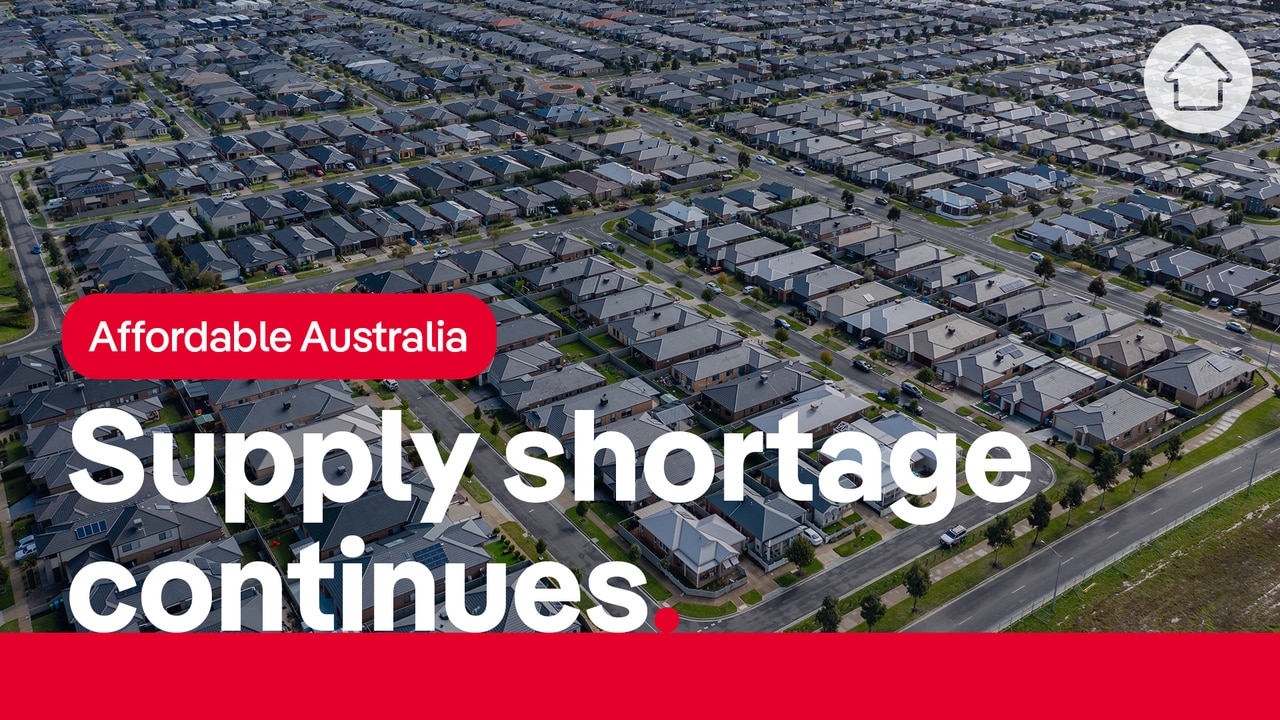
Depressing new figures show that buyers in over 300 Queensland suburbs now need to bank over $200,000 a year to afford a home.
That puts those homes out of reach for the vast number of hopeful buyers, with the median weekly salary in Queensland just $1872, or about $97,000 a year.
Analysis of 1005 Queensland suburbs by Finder, which looked at mortgage and PropTrack data, found there were now just 159 suburbs where a buyer could purchase with a gross salary of under $100,000, meaning the average nurse, police officer, firefighter or childcare worker cannot afford to buy on a single income in 846 suburbs.
MORE: Listed: Every housing hand-out you can get

And even traditionally affordable suburbs are now out of reach, with homes in parts of Ipswich, Logan and Moreton Bay now requiring a gross annual income north of $200,000.
The median house price in Greater Brisbane is now $880,000, which would require a gross salary of $178,986.04 to cover monthly repayments of $4325.
And it is not much better for those turning to apartments, with the income required to buy an average unit in Brisbane now $123,052.
“With new reports that national home values are starting to decline, you might not think so from this analysis,” Finder personal finance specialist Taylor Blackburn said.
“The money required to purchase a home in every capital city is well above the average salary.
“Keep in mind these figures assume you are using 30 per cent of your salary going to your mortgage – ideally you’d be allocating less.”
MORE: How ex-Bronco Corey Oates made housing his payday
Qld tipped to be one of nation’s property powerhouses
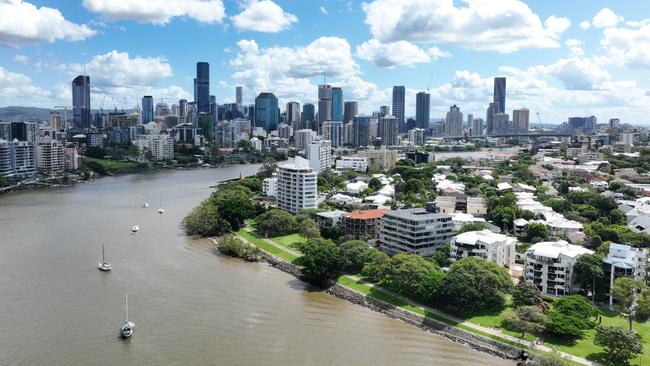
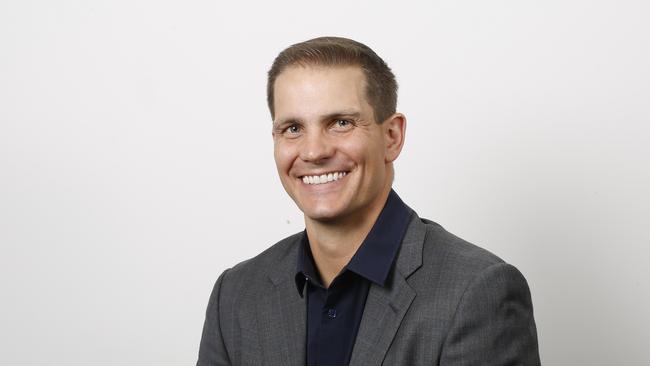
Homebuyers in Bilinga on the Gold Coast require the largest annual salary, a mind-blowing $902,557.
But with just 10 sales in the beachside suburb in the past 12 months, the median house price of over $4.4 million is likely skewed by developer purchases.
Hot on its heels was tightly-held Teneriffe, which has a median house price of $4.105 million.
There, the analysis revealed a household would need to earn $834,929 to cover monthly mortgage repayments of $20,177.
In total, there are now eight suburbs across Brisbane, the Gold Coast and Sunshine Coast where households need to bank more than $500,000 a year.
SEE HOW MUCH YOU NEED TO EARN IN EVERY QLD SUBURB
But it is not just the bluechip suburbs that require plenty of buck to bang a home.
Willawong buyers will need more than $320,000 a year to buy a home, while Forestdale and Carbrook in the Logan-Beaudesert region are out of reach for buyers banking less than $320,000 a year.
One income households earning the median salary of $70,000 a year can now only afford to buy a house in 62 suburbs across Queensland, or a unit in 71 suburbs.
In the Greater Brisbane region, single house buyers earning $70,000 are locked out of every suburb, with just three options for units – Brassal, Kooralbyn and Beachmere.
There were no suburbs on the Gold Coast and Sunshine Coast, with the cheapest market, Stapylton, requiring a gross salary of $73,221 a year.
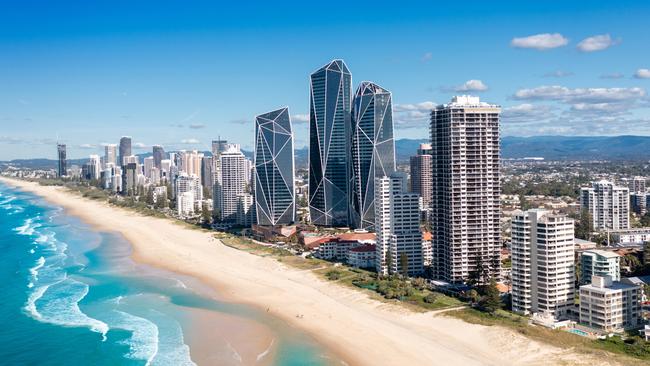
Ray White chief economist Nerida Conisbee said that while existing homeowners were enjoying huge equity increases, the rapid rise in prices would have flow-on effects to the wider community.
“You see it in places like Byron Bay where it has become so expensive and homelessness has increased,” she said.
“A lot of hospitality places struggle to get workers because they can’t get affordable housing, and that flows on to social service workers as well.
“From an economic perspective, it is not great, but the problem with housing affordability is that it is best solved by building affordable homes.
“And right now it is hard to build affordably, and that’s why we are seeing so many expensive apartments being built … anyone wanting to build affordable stock struggles to get a builder.”
MORE: Qld home named the hottest house in Australia
Revealed: What your home could be worth in 2029

Ms Conisbee said another factor affecting Queensland, and southeast Queensland in particular, was that there was many other projects competing for tradies, including Olympics infrastructure.
“So you need more trades but you also needs homes for those people so it is a circular problem,” she said.
“And it is getting harder in the regions as well.”
Up north, there are just six suburbs in the Greater Cairns region that are open to buyers earning the median income of $70,000, while the Townsville region has nine suburbs.
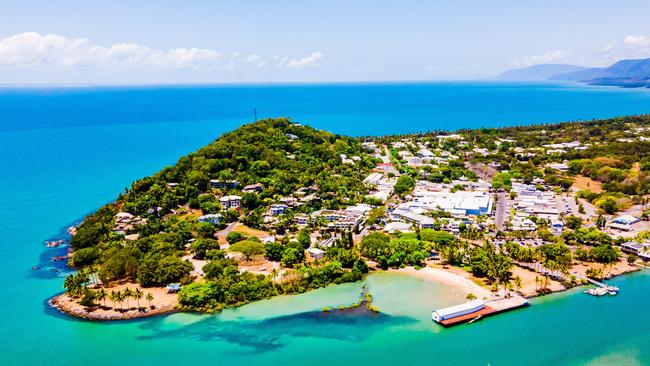
Ten suburbs fit the bill for median income earners wanting to buy a house in Central Queensland, while there are nine locales in the Darling Downs-Maranoa, eight in Wide Bay, five in the Mackay-Isaac-Whitsunday region, one in Toowoomba and 16 in the outback regions.
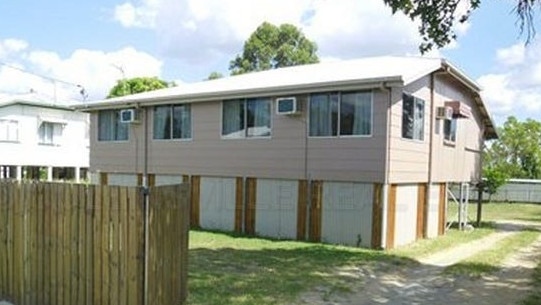
The latest PropTrack Home Price Index revealed that Brisbane home prices fell 0.04 per cent in December but were up 11.4 per cent over 12 months.
Regional Queensland’s combined values increased 0.1 per cent and 10.5 per cent over the same periods to hit a new record high.
“While the surge in regional living seen during the pandemic has long since tapered off, net intrastate migration away from capital cities to regional areas continues, driving demand for regional housing,” PropTrack economist Anne Flaherty said.
“At the same time, new home construction in many regions is failing to keep up, leading to increased competition and higher prices for many of the homes that do hit the market.”
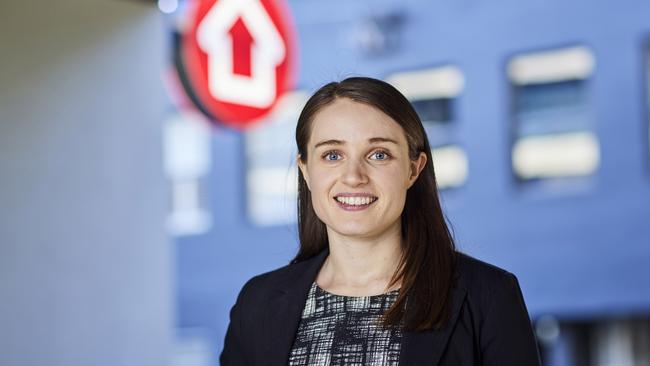
The top preforming region in Australia in the 12 months to December was Townsville, with median prices there up a staggering 26.3 per cent.
It was closely followed by Central Queensland with 22.9 per cent. Mackay-Isaac-Whitsunday also made the lost with 16 per cent growth, with the remaining top 10 regions being located in South Australia and Western Australia.
Mr Blackburn urged all prospective buyers to shop around for the most competitive rate on your home loan.”
“If you aren’t lucky enough to have the bank of mum and dad on your side – or a significant savings to begin with – home ownership is moving more and more out of reach for many,” he said.
“If prices don’t ease, we might continue to see more property concentrated in the hands of fewer people.”
Originally published as Housing crisis deepens as average Qld worker is priced out of 846 suburbs

